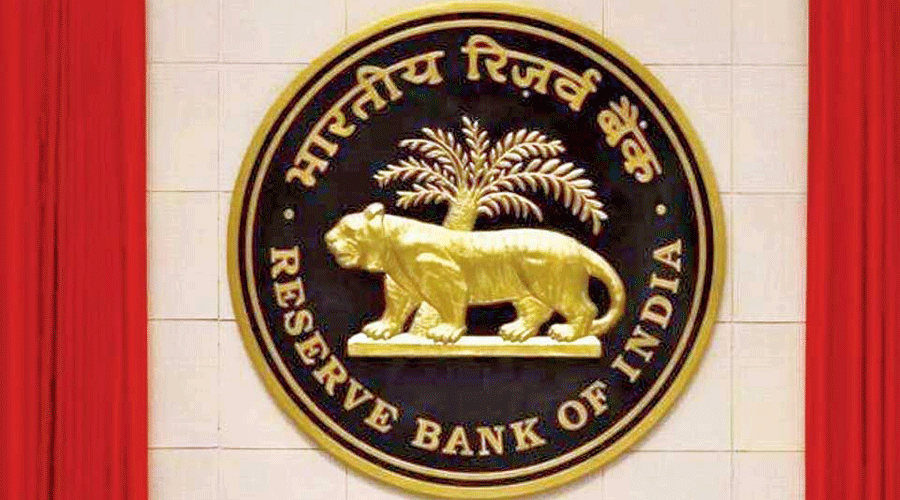With normalisation of monetary policy, Non-Banking Financial Companies (NBFCs) need to be careful of the rise in their borrowing cost, says an RBI article.
The non-banking lenders are poised for an expansion aided by strong capital buffers, adequate provisions and sufficient liquidity on their books, the article 'A Steady Ship in Choppy Waters: An Analysis of the NBFC Sector in Recent Times' said.
It is prepared by Rajnish K Chandra, Nandini Jayakumar, Abhyuday Harsh, K M Neelima and Brijesh P in the division of Non Banking Financial Studies, Department of Economic and Policy Research of RBI.
The views expressed in this article are those of the authors and do not represent the views of the RBI.
"Going forward, as the economy recovers, NBFCs need to be wary of rising borrowing costs on account of normalisation of monetary policy," the article published in the RBI's monthly bulletin for August said on Thursday.
Since May this year, the RBI has raised the policy rate by 140 basis points to tame inflation which is hovering above its tolerance band of 4-6 per cent. Following these hikes, banks have raised their lending rates, which resulted into higher borrowing cost for borrowers.
The authors said while NBFCs have largely realigned their business models by leveraging digital channels to improve their accessibility and acquisition of new customers, this might prove to be a challenge for smaller NBFCs which may have to ramp up their technological capabilities.
They also need to remain more vigilant about cyber crimes, they said.
"Another challenge is to build upon strong governance and risk management standards to gain stakeholder confidence," the authors said.
On the regulatory front, recognising the increasing scale and complexity of NBFCs' operations along with their rising interconnectedness with other entities in the financial system, the RBI has envisioned Scale Based Regulation (SBR), the article said.
Under these regulations, the focus has been shifted from an activity-based regulation to one based on riskiness and scale of operations, following the principle of proportionality, it said.
Bank-like regulatory initiatives such as Prompt Corrective Action (PCA) Framework and Income Recognition, Asset Classification and Provisioning (IRACP) norms would further bridge the gap in regulation of NBFCs vis- -vis banks, it said.
"These regulations are expected to strengthen the NBFC sector in the times to come," the authors said.
The RBI is set to implement the SBR and PCA framework for NBFCs from October 2022.
The article looked at the performance of select NBFCs in 2021-22 up to December 2021 following the second wave of the pandemic using the supervisory data filed by NBFCs on the eXtensible Business Reporting Language (XBRL) platform3.
Based on supervisory data, in quarter-ending December 2021, the consolidated balance sheet of NBFCs grew at a faster pace than the corresponding period in the previous year, the article said.
The bottom lines of the NBFC sector also improved in Q2 and Q3 of 2021-22 with the waning of the second wave of COVID-19.
On the other hand, asset quality of the sector deteriorated in Q3 of 2021-22, which could be partly attributed to NBFCs adapting to the changes in IRACP norms as well as rolling back of regulatory dispensation under Resolution Framework 2.0 for individuals and small businesses, it said.
NBFCs continued to provide maximum credit to the industrial sector followed by retail, services and agriculture, the article said.
The sectoral credit distribution remained largely unchanged in 2021-22 (up to end-December 2021) as compared to end-December 2020, it added.











